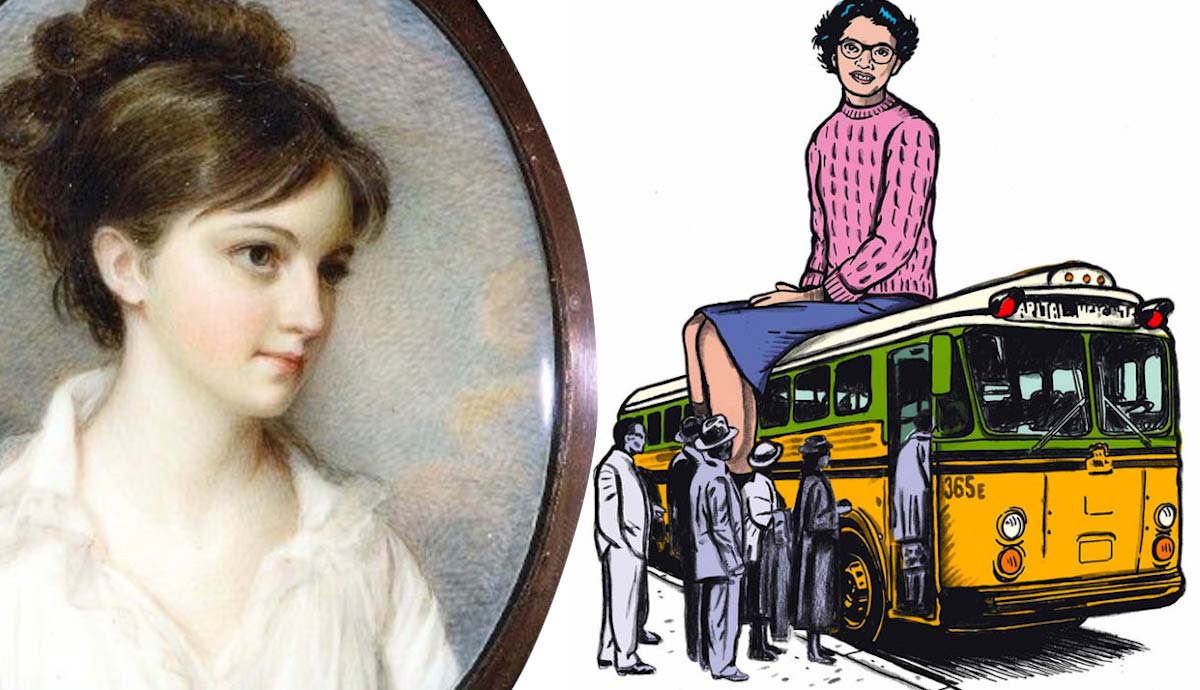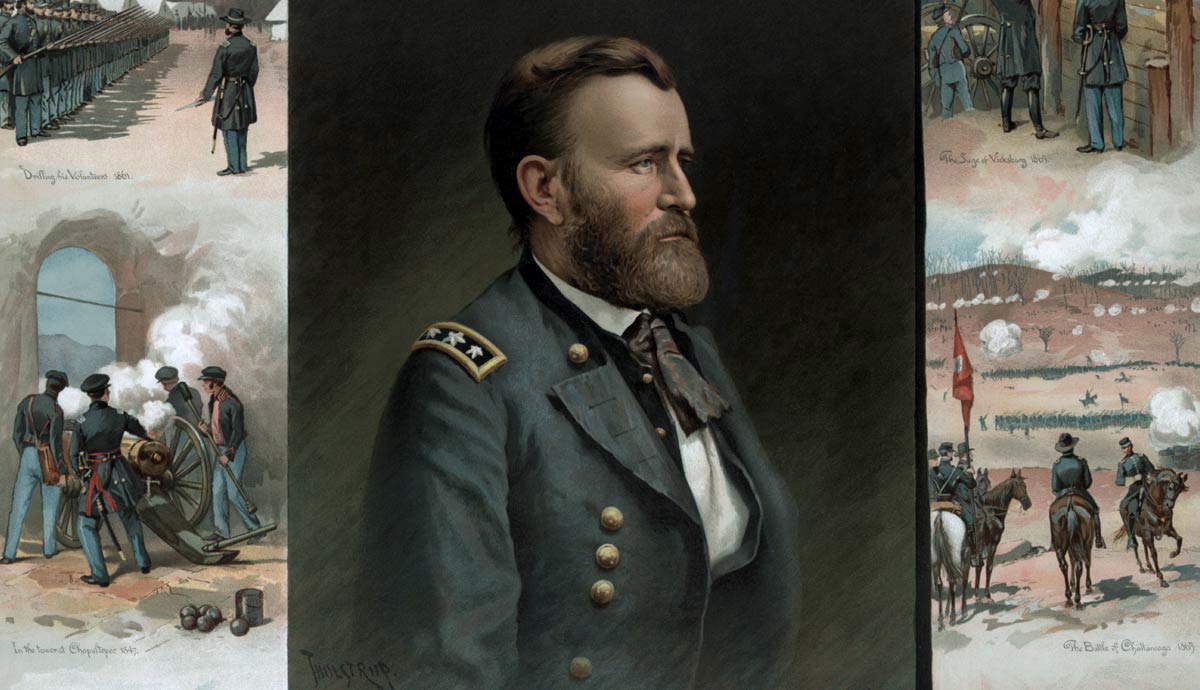
Although just under half of the people inhabiting the planet are female, women are often underrepresented in the retelling of global history. Though their role in society and politics was suppressed for centuries and is still a challenge in some locations and circumstances, there is no denying that they played a key role in many historical events that impacted human existence. Inspiring and impressive, these women are just a few examples of those who deserve to be remembered and celebrated for their contributions to the human experience.
1. Buffalo Calf Road Woman

The conflicts between the United States army and the allied tribes of the Lakota, Cheyenne, and Arapaho during the late nineteenth century, in which the Indigenous fought to stop the US’ doctrine of manifest destiny, led to the memorialization of many men. Sitting Bull, Crazy Horse, and George Armstrong Custer are among the names that gained fame as a result of these battles. When women are mentioned in the retelling of these stories, it is often as a group, such as speaking of warriors protecting “the women and children.” However, one woman who made her mark in this era individually is a Cheyenne named Buffalo Calf Road Woman.

In her twenties at the time of conflict, Buffalo Calf Road Woman was traveling with her band, which included her husband, Black Coyote, with whom she had two children, and her brother, Comes in Sight, both warriors. In June of 1876, their group of Cheyenne and Lakota engaged in a battle in a remote valley near the Rosebud River with a faction of the US military led by Brigadier General George Crook. The Battle of the Rosebud would be one of the largest battles of the Indian Wars, but due to the actions of Buffalo Calf Road Woman, it is known by another name to many.

In the firefight, Comes in Sight’s horse was shot out from under him. He became trapped in a gully, and his sister saw what was happening from where the noncombatants were observing the fight from above. Without hesitation, she got on a horse and, amid flying bullets, rode through the battle and pulled her brother onto her horse and out of the gully to safety. For her actions, she received the nickname “Brave Woman,” and the Cheyenne and their allies named the fight “The Battle Where the Girl Saved Her Brother,” a name that has since been recognized by the National Park Service.

Buffalo Calf Road Woman’s story did not end there. She is said to be the only woman who fought at the Battle of Little Bighorn one week later and is said to have been an excellent shot. Oral history names her as the one who actually killed George Armstrong Custer. The remainder of her life would be a struggle, as she and her people would be doggedly fought and hunted by the US government in the years following Little Bighorn. In 1880, she was imprisoned at Fort Keogh, where she caught diphtheria and passed away.
2. Claudette Colvin

Before Rosa Parks impacted United States history by refusing to give up her seat on public transportation to a white man, Claudette Colvin had already done the same thing. Colvin was the first to really challenge the segregation laws of the time. Nine months before Parks’ arrest, Colvin, at age 15, was arrested after school in Montgomery, Alabama, one day as a white woman boarded the full bus and could not find a seat.
Three other Black students in Colvin’s row got up, but the woman refused to sit in the same row as Colvin, and Colvin refused to leave. She had been studying the Constitution in her high school classes and knew her rights as an American citizen. Colvin, who at the time of this article is living in Birmingham, Alabama, recalls the two police officers who arrested her, mocking her and commenting on her body as they drove to the jail in the patrol car. She tried to keep her mind calm by reciting Edgar Allan Poe, Shakespeare, and the Bible but remembers panic coming over her when the cell door closed. She said it was “just like a Western movie.”

Colvin went to trial the following May and was convicted. Her record was expunged decades later in 2021, but in the meantime, she became part of a four-woman team that challenged bus segregation laws in court in Browder v. Gayle. This court case successfully overturned bus segregation laws in Alabama in 1956. So, why wasn’t Colvin the face of the Montgomery bus boycotts instead of Rosa Parks?

According to Colvin, the NAACP and other organizations that were working on Civil Rights did not feel that she would make a good figurehead for the movement. She was a teenager, and they felt she might be seen as unreliable. Parks, who was heavily involved at the NAACP already when she was arrested, had the “right hair and the right look” for the campaign. Despite this, there is no denying Colvin’s contributions to the fight for Civil Rights in America, and she deserves recognition for her struggles.
3. Sybil Ludington

Two years after Paul Revere’s ride, the sixteen-year-old girl, who in her time would become known as the “female Paul Revere,” mounted her horse, Star, in a rainstorm in hopes of rousing Patriot troops against incoming British forces. From Danbury, Connecticut, where the Patriot forces were stockpiling provisions during the Revolutionary War, Sybil learned that the British were on their way to seize these supplies and hurried to gather reinforcements.
Her father, Henry, was a colonel in the Continental militia, and Sybil was devoted to the Patriot cause. Although he had about 400 men under his command, they had recently disbanded for the summer growing season and were now scattered across the region. Sybil quickly volunteered to help round them up. Although the British would be successful in raiding Danbury, Sybil’s efforts meant that the Patriot forces were ready and equipped to meet the British in Ridgefield, Connecticut, nearby. The Patriots would be successful in forcing the Brits back to Long Island Sound. Unlike Mr. Revere, Sybil was never captured during or as a result of her ride.

Sybil would go on to marry in her early twenties and give birth to a son. She lived a relatively normal life for a woman in the newly-minted United States and died at the age of 77. Her name fell into relative obscurity after the American Revolution. That is, until 1961 when the Daughters of the American Revolution learned about her and commissioned a sculptor to immortalize her in bronze. The statue by Anna Hyatt Huntington stands on the shores of Lake Gleneida in Carmel, New York.
4. Hypatia of Alexandria

Learning a great deal from her father, Theon, one of the most brilliant men in Alexandria, Egypt, Hypatia, believed to have been born in the year 370, came of age in a turbulent time. She lived in a transitional period, as ideas about religion, science, and thinking were under a great shift. She was talented in her own right and built upon the knowledge her father gave her to become one of the most talented mathematicians, philosophers, and astronomers in all of Egypt.
This was especially impressive given the fact that she was a woman, and women very rarely even got a rudimentary education in many cases during these times. She tutored numerous students and had many admirers throughout the city, including the governor, Orestes. She never married or had children. Some historians think this was in line with her philosophical beliefs, which included the ideas of Plato, who advocated the abolition of the family system.

Though many were impressed by her work, there were people in Alexandria who did not think fondly of Hypatia. She was an outspoken pagan at a time when Christianity was becoming a dominant force in Alexandria, particularly in the political arena. The emperor had recently released new governmental crackdowns regarding paganism. Her friendship with the governor also gained her enemies in politics. Hypatia was an easy target, but despite rumors and public antipathy, Hypatia refused to hide her beliefs or quiet herself.
In the year 415 or 416, her carriage was accosted in the streets of Alexandria by a mob of men. They dragged her from her carriage and into a nearby church. They stripped Hypatia of her clothing and then beat her to death with pieces of tile. Her body was then desecrated, torn into pieces, and burned. Her only crime was staying true to her beliefs, and for that, one of the first women to study and teach astronomy, math, and philosophy was brutally extinguished from the world.










